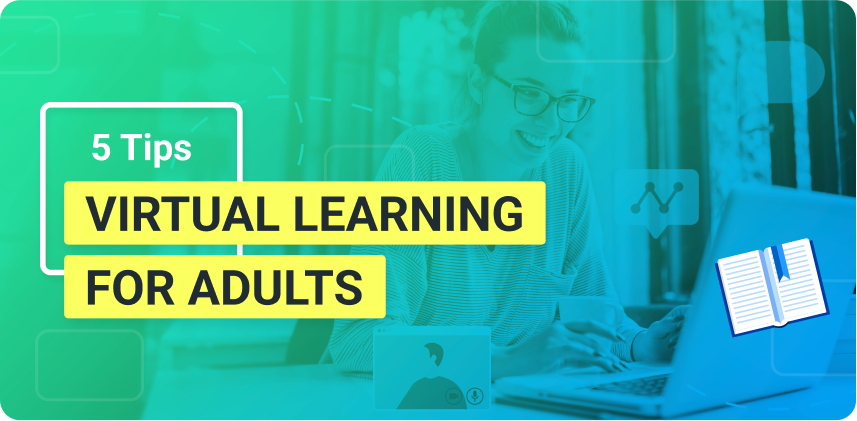As an online student, following these dos and don’ts of online education can help you get better results and reduce the overall stress of virtual classrooms!
Being an online student can be quite a challenge, and there’s a learning curve for everyone. By the time you reach high school, you are fully familiar with the classroom etiquette: get to school before the second bell rings, raise your hand for a query, and visit your teacher after the class for a detailed discussion.
However, COVID-19 has made all this knowledge obsolete, throwing you into a new world of education: online learning. If you are struggling with online learning, don’t worry. You are not the only one. To ease up your troubles, follow these dos and don’ts of online education to get better results and fulfill your potential.
Need more live video tools for your presentations in online classrooms? Download ManyCam for Free Today!
Dos of Online Education
Set Up a Quiet Space
To ensure you participate fully as an online student, it’s best to create a space that is free of distractions and remains uninterrupted for the entire duration of your session if possible. In addition, having a clear background or using a virtual one can help you control your environment.
Take off your wall poster or cover it, and make sure your dirty laundry is not visible in the video. Lock your door for privacy, or you might end up in a similar position to this guy. Let your family members and roommates know about the class timings and ask them to avoid knocking on the door during the class.
Adopt Better Online Communication Habits
You should look at your email regularly – at least once a day. If you are discussing an assignment with a professor or working on a group project, see to it that you are available on a platform accessed by everyone (e.g., Slack, Discord, etc.)
Get a Reliable Internet Connection
This is perhaps the most straightforward tip, but surprisingly, most people ignore it. Your computer and internet access are your most valuable assets in an online setting, similar to how you need pens and papers in a physical space.
Therefore, get a dependable internet connection with a high speed. Besides, make sure to get this done before your online classes start, or you might have to face costly interruptions during your session.
Take Study Breaks
Regular study breaks can be the key to a student’s success. When you attend school or college, breaks are already planned, but you might have to create your own breaks when studying online.
For starters, set smaller breaks and plan how you will utilize them. MIT, one of the top universities in the world, recommends taking a 10-minute study break after every 50 minutes.
Afterward, you can create more significant breaks of 30 minutes after every two hours. These serve as an excellent goal post and help you feel energized and refreshed in every study session.
Don’ts of Online Education
Don’t Abuse email
Although expressing your needs and being assertive is not wrong, put a limit to the number of ideas and emails you convey through email. An excessive number of emails to your classmates or instructors can appear needless and may frustrate the reader. Instead, treat email more like being involved in a back-and-forth conversation.
Don’t Procrastinate
Unfortunately, online learning and procrastination go hand to hand. Set times to study and talk with other students, create goals for your projects, and stay up to date with readings and other work.
Don’t Fear Getting Help
Once you transition to the online world, it doesn’t take long to feel isolated and caged. Instead of reaching out to the instructor for help or interacting with classmates, one can feel a tad bit lonely. There is nothing wrong with this. In fact, it is one of the most common mental struggles in the post-COVID-19 era.
Most institutions have addressed this dilemma by introducing a wide array of communications tools and methods to ensure teachers and students can keep in touch effectively. Hence, reach out on emails, discussion boards, and other group settings.
Final Thoughts
Are you a teacher? Do you work in an administrative position in a school? Promote the tips mentioned above to help your students manage their online education in a better way.
Teachers can also help their students learn the most when they deliver engaging online classes, and ManyCam is the perfect live streaming software and virtual camera to help. With tons of live video tools, ManyCam can be easily connected to most video conferencing apps, teaching platforms, and live streaming channels.
With over 100 downloads, ManyCam is here to help students and teachers deliver engaging live video presentations and online lessons.





